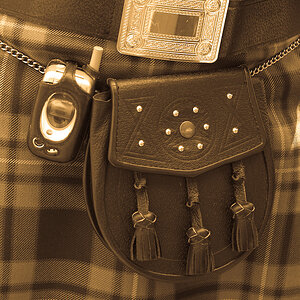dasminimalist
TPF Noob!
- Joined
- Jan 16, 2017
- Messages
- 18
- Reaction score
- 1
- Can others edit my Photos
- Photos OK to edit
So, my ultimate question is this. Is mirrorless too advanced/simple for a beginner like myself to learn photography? Is it cost-effective? Too specialized for first camera?
After shooting with my cell phone camera for the past few years, I have finally decided to pick up a bigger camera and start investing more time and money into photography.
Long story short, total beginner, likes to take pictures of landscapes, structures, people, close-up of foods/plants, very interested in mirroless system(the idea of lightweight camera you can bring anywhere), budget is at $500~800 which means I will end up spending $900. Current equipment is a samsung Note4, Gopro Hero4 Silver, and an iPod touch if that matters at all.
I want to take better versions of these.
After shooting with my cell phone camera for the past few years, I have finally decided to pick up a bigger camera and start investing more time and money into photography.
Long story short, total beginner, likes to take pictures of landscapes, structures, people, close-up of foods/plants, very interested in mirroless system(the idea of lightweight camera you can bring anywhere), budget is at $500~800 which means I will end up spending $900. Current equipment is a samsung Note4, Gopro Hero4 Silver, and an iPod touch if that matters at all.
I want to take better versions of these.




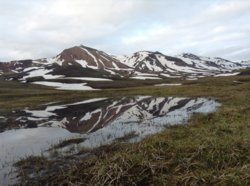
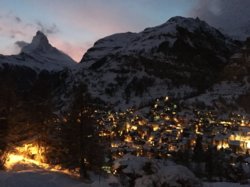

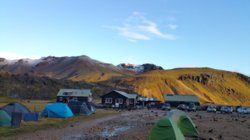
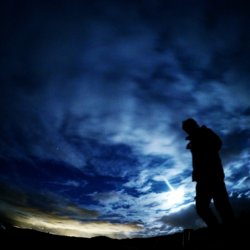
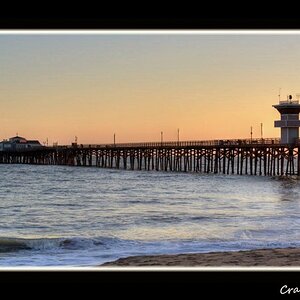

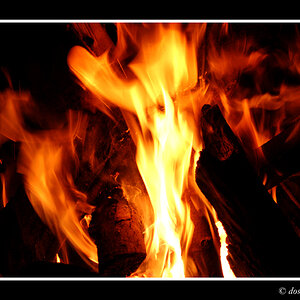

![[No title]](/data/xfmg/thumbnail/42/42487-e35b2848c41aeeb5a93f21809f036a1d.jpg?1619740196)
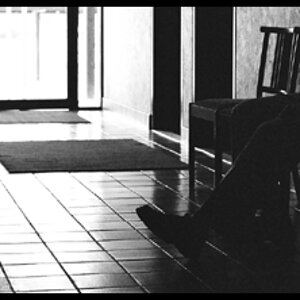

![[No title]](/data/xfmg/thumbnail/37/37098-71ca7ea318288ab459358b6e9c9a7a8d.jpg?1619737881)
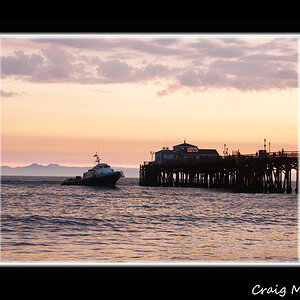
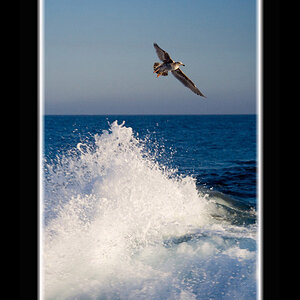
![[No title]](/data/xfmg/thumbnail/30/30871-c87f97bf2d9d493b4c08ba6482680038.jpg?1619734488)
